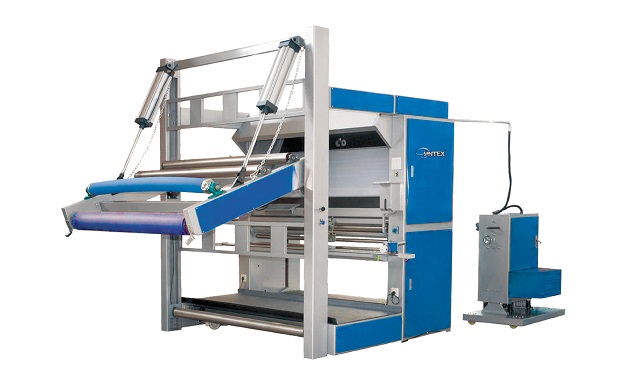What is Textile Winding?
We refer to the process of transferring yarn from rings, bobbins, skeins into suitable packages as winding. It can be both electrical or mechanical. Textile winding is one of the most important processes which takes place in the spinning section. It is also important in fabric manufacturing. While in fabric manufacturing, the rewinding part is more important than direct winding. In addition, making large bobbins that can be easily unwound could make it easier and more economical to use the yarn on subsequent machines.
Textile winding machines are widely used in fabric manufacturing, especially in preparation to weaving, to mind yarn onto bobbins, which are then used in shuttles. Ball winders are another type of textile winding machine that wind the yarn up from skein form into balls. They are commonly used by knitters and sometimes spinners.
Types of Winding
Here are mainly 3 winding technologies. You can find their concepts, advantages, and disadvantages below.
1. Precision Winding
Through precision winding, successive coils of yarn are placed closely together in a parallel or near-parallel manner. Through this process, extremely dense packages can be produced with the maximum amount of yarn stored in a given volume.
l Zero patterning
l Suitable for spun yarn
l The winding ratio remains the same
l Excellent unwinding performance
Disadvantages
l The density of the outer layer increases due to the decrease of the winding angle
l Not the best technology for filaments
l Mainly suitable for building small packages, as packages tend to become fragile with their diameter increases
2. Non-precision Winding
With this method of winding, the package is formed from a single thread that is laid on the package with a distinct helix angle, allowing the layers to cross each other and provide stability to the package. The package formed by this winding method is less dense but more stable.
Advantages
l Uniform density
l Fairly stable package
l Offer production of bulk packs
Disadvantages
l Prone to patterns or ribbons, causing dyeing and unwinding problems
l Mainly suitable for spun yarn due to friction driven
l Prone to hard edges
l Slippage allowed
3. Step-precision winding
Step-precision winding is the latest technology that merges the strength of both precision winding and non-precision winding. During this process, we set the intersection angle value. The machine starts winding with a preset traverse ratio. Now, we know that the winding angle decreases as the diameter increases. When the angle is reduced to a certain level, the aspect ratio will change to a new lower value, bringing the intersection angle closer to our set value. The aspect ratio is gradually reduced so that the crossing angle is kept within a narrow range.
Advantages
l The best system for winding any type of yarn
l No pattern or ribbon
l The interlayer density of the package keeps constant
Disadvantages
l Not found yet
Textile Winding Machines by SUNTECH
With a wide range of applications, SUNTECH fabric winders are ideal for heavy duty fabrics and can wind up large rolls. The main components of internationally renowned brands ensure stable machine performance. Models can be customized, and the design concept is combined with customer needs.
ST-BM
ST-BM is Suitable for a Wide Ranges of Fabrics, Specially for Delicate or Heavy Duty Fabrics.This Machine is with Center Driven System Unwinding from A-frame and Center Driven System Rewinding to A-frame. This Machine Can Provide Synchronized Fabric from Input to Output with Constant Tension Control.
ST-BM-01

ST-BM-01 Fabric Winding Machine - Fabric Batching Machine with Optional Data Collection and Analysis System (4-point System) to Handle a Wide Range of Fabrics, Especially for Continuous Process “a” Frame Batch and Re-winding to Small Rolls.
ST-BM-02/03/04/05
ST-BM-02 Fabric Batching Machine with Optional Data Collection and Analysis System(4-point System) to Handle a Wide Range of Fabrics, Especially for Continuous Process “a” Frame Batch and De-batch.
You can find more information on our website.






